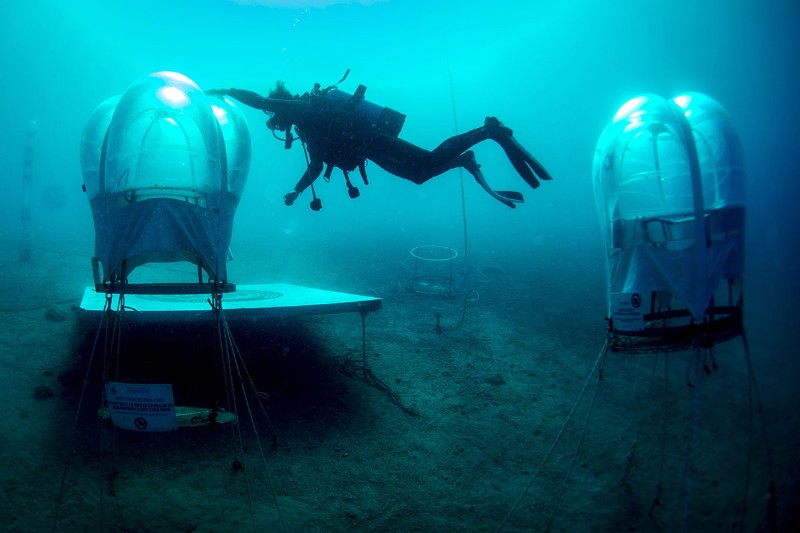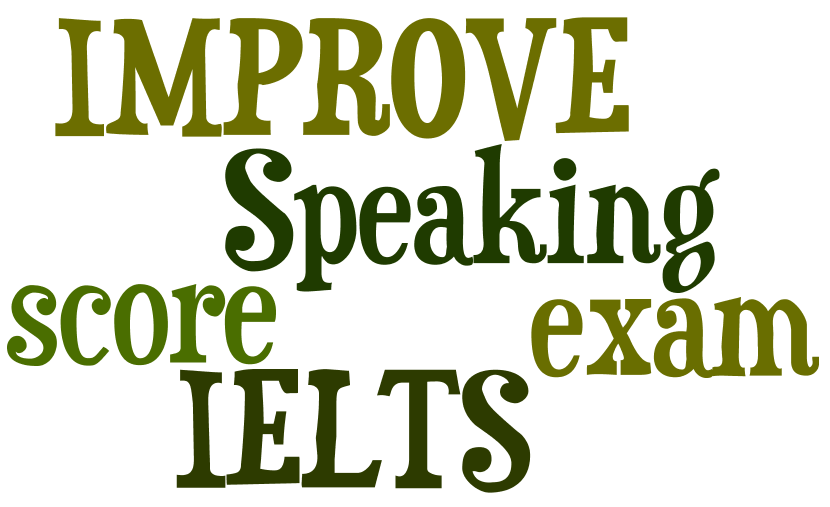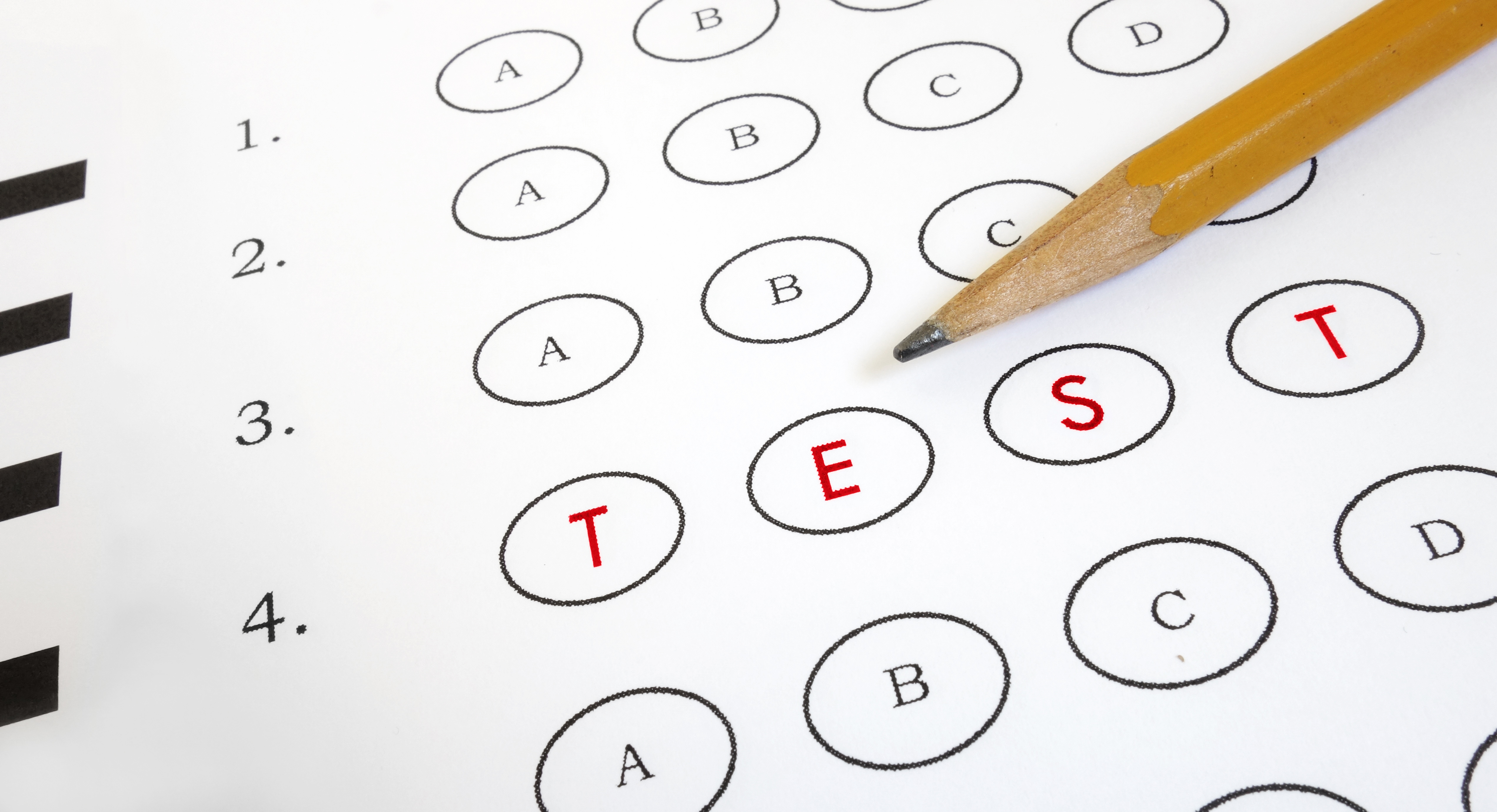Reading 1
Flow-chart completion
1. You are going to read about a traveller and explorer called Patrick Malone. Look at the flow chart. What type of information do you think you need for each gap?
2. Use the words in the box to complete the flow chart above and then check your answers by reading the passage.
|
Britain expedition Human Geography 1,400 kilometres remote teacher
|
.jpg)
Patrick Malone (Part 1)
Patrick Malone is a traveller, writer and broadcaster. He was born in 1968 in Basel, Switzerland, where his British parents were working for a pharmaceutical company. His family left Switzerland when he was twelve, and returned to their home in Britain. For the next six years, Malone attended the local secondary school. He then went to Leeds University to do a course in Human Geography. He wanted to become a town planner. However, the only work he could find was as a teacher at a local school.
During his holidays and free time, he went walking, often covering very long distances very quickly. On one occasion he walked the entire length of Britain, a distance of over 1,400 kilometres, in less than a month. He enjoyed the experience and the challenge so much that he started walking in different parts of the world, usually in fairly remote areas away from major population centres. The people he met and the experiences he had on these trips provided him with some excellent material for his classes.
It was during one trip that he met his old university tutor, Don Perkins. At the time, Perkins was putting together a team of geographers and biologists for a research trip to the Amazon, and asked Malone if he would like to go with them. The expedition was for a whole year, and so he had to give up his job at the school, but Malone did not hesitate to accept Perkins' offer. He sold his car to make some money, bought an airline ticket for Brazil and set off.
|
3. Read the next part of the passage, and complete gaps 7-12. Choose NO MORE THAN TWO WORDS AND/OR A NUMBER for each one.
Patrick Malone (Part 2)
The Amazon expedition, which took six months and covered a distance of almost 2,500 kilometres, was a great success. The group discovered some new plant and insect species, as well as a forest tribe which people had never heard of. Malone enjoyed the trip so much that he decided to become a full-time explorer. He earned money by writing travel articles for magazines and newspapers, which he illustrated with his own photographs.
In 1996, he married Margaret Logan, an American doctor he had met while travelling around Africa. In 1998 they had Adam, the first of three children (twins Amelia and Jennifer were born a year later). Many families at this stage would settle down, but Margaret and Patrick decided to keep travelling, spending two years walking around India and another twelve months exploring the islands of Indonesia.
When they returned home, they wrote a magazine article about travelling with small children. It was so popular that they were asked to write several more articles on the same subject. This was followed by an offer from a television company to present a TV series about travelling with children. The series ran for 12 years, and won several television awards. Today they still make the most of every opportunity to travel, and have recently returned from the South Pacific.
|
Reading 2
Short-answer questions; True / False / Not Given
4. Look at this picture and answer the questions below.

1. What do you think this person does?
………………………………………………………………
2. What are the dangers involved in a job like this?
………………………………………………………………
………………………………………………………………
………………………………………………………………
5. You are going to read a passage about a woman called Sylvia Earle. Before you read the passage, look at the title and the subheading. What do you think the passage will talk about?
a a woman who has an interesting hobby
b a scientist who wants to know more about the sea
c a student who wants to become an underwater explorer
6. Read the passage on page 14. Choose NO MORE THAN TWO WORDS AND/OR A NUMBER FROM THE PASSAGE for each answer.
1. What career did Sylvia decide to follow after her first dive?
……………………………………………………………………….
2. How far under water did she go in order to break a world record?
……………………………………………………………………….
3. What was causing harm to everything living in the sea?
……………………………………………………………………….
4. Where does Sylvia think we should get our fish from?
……………………………………………………………………….
Sylvia Earle, underwater hero
She has spent her working life studying the world's oceans Sylvia Earle is an underwater explorer and marine biologist who was born in the USA in 1935. She became interested in the world's oceans from an early age. As a child, she liked to stand on the beach for hours and look at the sea, wondering what it must be like under the surface.
When she was 16, she finally got a chance to make her first dive. It was this dive that inspired her to become an underwater explorer. Since then, she has spent more than 6,500 hours under water, and has led more than seventy expeditions worldwide. She has also made the deepest dive ever, reaching a record-breaking depth of 381 metres.
In 1970, she became famous around the world when she became the captain of the first all-female team to live under water. The team spent two weeks in an underwater 'house'. The research they carried out showed the damage that pollution was causing to marine life, and especially to coral reefs. Her team also studied the problem of over-fishing. Fishing methods meant that people were catching too many fish, Earle warned, and many species were in danger of becoming extinct.
Since then she has written several books and magazine articles in which she suggests ways of reducing the damage that is being done to the world's oceans. One way, she believes, is to rely on fish farms for seafood, and reduce the amount of fishing that is done out at sea. Although she no longer eats seafood herself, she realises the importance it plays in our diets. It would be wrong to tell people they should stop eating fish from the sea, she says. However, they need to reduce the impact they are having on the ocean's supplies.
|
7. Now decide if these statements are TRUE, FALSE or NOT GIVEN according to the information in the passage.
|
1 Sylvia Earle lives in the USA. …………
2 Until 1970, nobody had lived underwater before. …………
3 Sylvia Earle was worried about the amount of fish that were being caught. …………
4 Her books offer some solutions to marine problems. …………
5 She thinks people should avoid eating seafood. …………
|
Mọi thông tin chi tiết, các bạn vui lòng liên hệ:
DU HỌC UNIGLOBE
10/3 Nguyễn Thị Minh Khai, Phường Đa Kao, Quận 1, TP.HCM
ĐT: (08) 35 173 345 – 35 173 678
Email: info@uniglobe.edu.vn
Website: www.uniglobe.edu.vn




.jpg)




bình luận